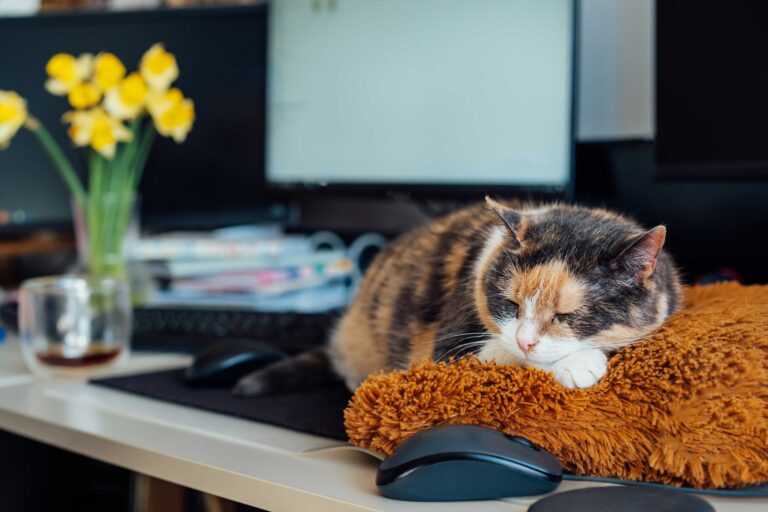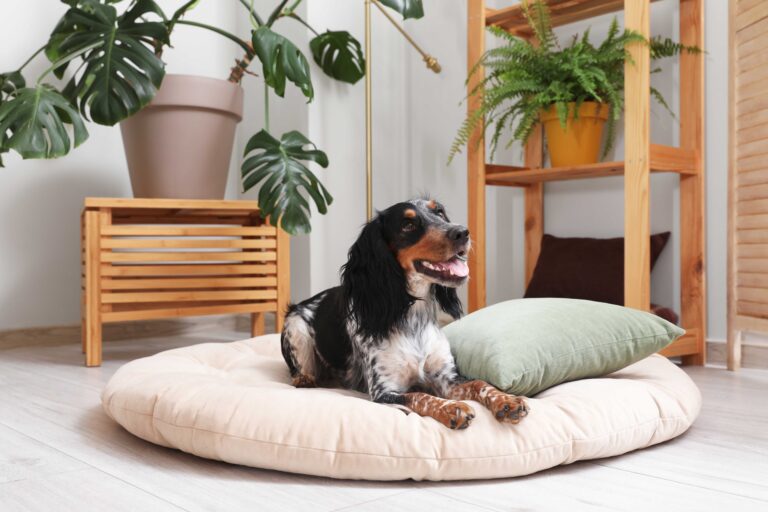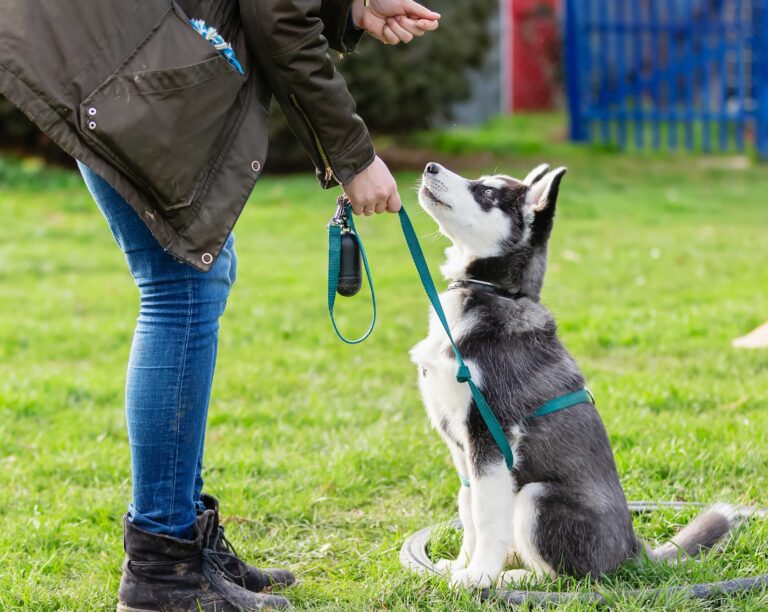Helping Your Pet Cope with Separation Anxiety
As pet owners, we cherish the joy and companionship our furry friends bring into our lives. However, the bond between pets and their owners can sometimes lead to separation anxiety when we have to leave them alone. Understanding and addressing separation anxiety is crucial to ensuring our pets’ well-being and promoting a harmonious home environment. In this blog post, we will explore the signs of separation anxiety, its causes, and effective strategies to help your pet cope, ensuring a happy homecoming for both of you.
Recognising the Signs of Separation Anxiety:
Separation anxiety in pets can manifest in various ways. Common signs include excessive barking, destructive behaviour, house soiling, pacing, and clinging behaviour when you prepare to leave. Recognising these signs is the first step in addressing the issue and creating a supportive environment for your pet.
Causes of Separation Anxiety
1. Change in Routine
Pets thrive on routine. Any sudden changes, such as a shift in your work schedule or a new family member, can trigger anxiety.
2. Previous Trauma
Pets with a history of abandonment or trauma may be more susceptible to separation anxiety.
3. Lack of Training
Proper training, including gradual desensitisation to alone time, is essential in preventing separation anxiety.
Strategies for a Happier Pet and Less Anxiety
1. Established a Consistent Routine
Maintain a regular schedule for feeding, playtime, and walks. Predictability helps reduce anxiety by creating a sense of security.
2. Practice Short Departures
Gradually increase the time you spend away from your pet. Start with short trips and gradually extend the duration. This helps your pet adjust to longer periods of alone time.
3. Create a Comfortable Environment
Provide a comfortable and secure space for your pet. Consider using calming products such as pheromone diffusers, cosy blankets, or soothing music to create a relaxing atmosphere.
4. Interactive Toys and Treats
Keep your pet mentally stimulated by providing interactive toys and treats that can keep them engaged in your absence. Puzzle feeders and toys can be great distractions.
5. Densensitise Departure Cues
Pets often associate certain cues with your departure, such as grabbing keys or putting on shoes. Desensitise them by performing these actions without actually leaving, gradually minimising the anxiety associated with these cues.
6. Seek Professional Help
If your pet’s separation anxiety persists, consider consulting with a professional animal behaviourist or trainer. They can provide personalised guidance and training strategies to address your pet’s specific needs.
Addressing separation anxiety is a gradual process that requires patience and consistency. By understanding the causes and implementing effective strategies, you can create a supportive environment for your pet, ensuring a happy homecoming every time you return. Remember, a well-balanced and content pet leads to a stronger bond between you and your furry companion, making your time together even more enjoyable.








